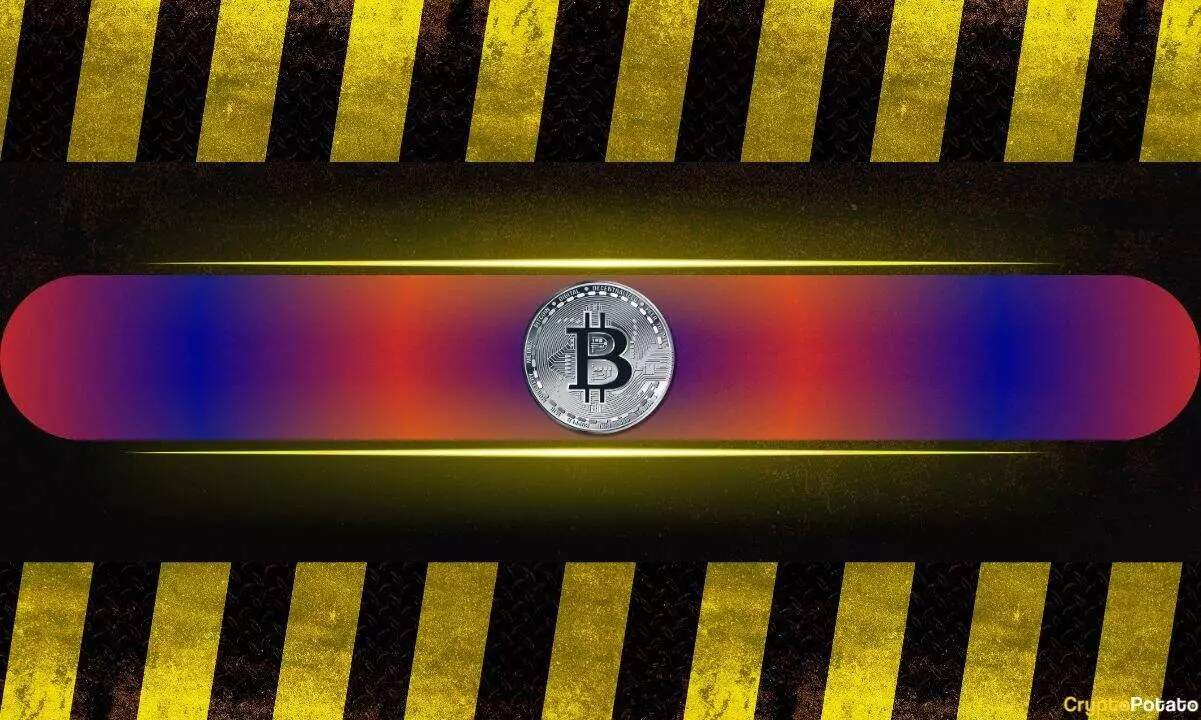Despite recent claims that bitcoin’s underlying structure remains robust, the reality is that the so-called “strength” might be more fragile than market sentiment suggests. The narrative of resilience often ignores the rising signs of internal weakness—namely, the rotational shift among investor cohorts. As experienced investors begin to liquidate their positions, locking in profits after a substantial rally, the market risks becoming heavily dependent on a transient supply-demand dynamic rather than genuine growth. This superficial layer of strength disguises the underlying vulnerability — a risk that could easily expose the market to abrupt corrections if demand wanes even slightly. The assumption that long-term holders’ profits bolster market durability is misleading; history shows that profit-taking typically precedes downturns, especially in speculative bubbles.
The Peril of a Rotating Investor Base
The shift from long-term to short-term traders is an alarming indicator of market maturity, yet it’s far from a positive sign. Every bull cycle has exhibited this behavior as seasoned investors capitalize on cyclical peaks. The critical question remains—does this rotation signal a sustainable trend or a weakening foundation? Currently, the influx of capital from ETFs and treasury-driven institutional buyers injects a semblance of strength, but this reliance on pool players who are increasingly trading in and out carries inherent risks. Retail investors, often driven by FOMO, may follow these institutional patterns, but their late entry and short-term orientation can magnify volatility. When these waves of profit-taking accelerate, they threaten to undermine Bitcoin’s price stability, especially if the broader macroeconomic environment turns sour or liquidity dries up.
The Illusion of On-Chain Profit Metrics
Bitcoin’s high profitability on-chain—where the majority of supply is now in the green—gives an illusion of robust health. Investors sitting on unrealized gains may be enticed to lock in profits, especially if a sudden price dip appears imminent. This phenomenon tends to create a counterfeit sense of security: with many investors holding positions in profit, they become potential sellers once volatility strikes. The recent surge above the 95th percentile in spot price levels is noteworthy, but history reveals that such peaks often foreshadow retracements. When short-term holders cash out, the market may experience a supply glut at elevated prices, diminishing the long-term bullish outlook and exposing an underlying vulnerability—particularly if new demand cannot keep pace with the supply being dumped.
Altcoins’ Short-Lived Rally: A Sign of Imbalance
The recent surge in altcoins, such as Ethereum and Solana, is less a vote of confidence in Bitcoin than a symptom of market destabilization. Investors, faced with the cooling off of BTC, are reallocating their capital into alternative cryptocurrencies in hopes of striking short-term gains. This “catch-up rally” signals a market seeking new sources of momentum rather than genuine confidence in sustainable growth. The notable decline in Bitcoin’s dominance reflects a shifting landscape, where the underlying market strength is being redistributed rather than expanded. Such patterns are reminiscent of previous cycles, where investor rotations from leading assets to smaller cap altcoins temporarily mask fundamental weaknesses—not genuine long-term growth. While some may argue that this diversification diversifies risk, it reveals an unstable foundation prone to swift reversals.
Volatility as the Market’s Reckoning
With Bitcoin entering what might be a precarious retracement phase, the looming threat of sharp price corrections cannot be ignored. As profit-taking accelerates and demand weakens, the market’s structure risks becoming distorted. Volatility is the market’s natural correction mechanism, yet it can turn vicious if triggered prematurely. A sudden dip could wipe out recent gains, especially if investor psychology shifts from optimism to fear. This is compounded by the risk of liquidity shortages; a decline in buyer enthusiasm could cascade into broader declines, exposing the market’s fragile underbelly. For an asset as influential as bitcoin, such a correction would have ripple effects across the entire crypto ecosystem—potentially undoing months of gains and resetting investor sentiment.
The Broader Implications for Crypto Markets
The current scenario underscores a crucial truth: markets driven by technical momentum and institutional speculation often mask underlying fragility. The recent altcoin outperformance is merely the market’s desperate attempt to find new footholds ahead of an inevitable recalibration. Investors with a center-right liberal perspective prudently recognize that while innovation and growth are essential, they must be grounded in sustainable demand rather than speculative fervor. Bitcoin’s ongoing rotation and the fleeting altcoin rally serve as a stark reminder that without genuine demand—beyond institutional hype—the market remains vulnerable to corrections. Only time will tell if this is a temporary liquidity shuffle or the onset of a more profound downturn. Either way, market participants should approach with caution rather than blind optimism.

